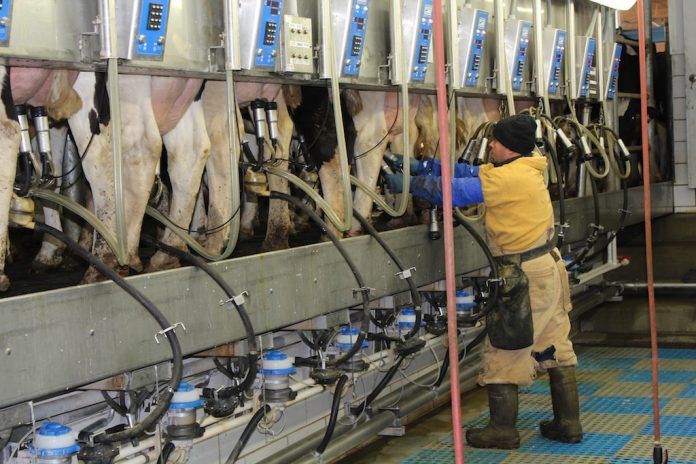The more things change, the more they stay the same. Sadly, dairy farmers feel like they are living a flashback to 2016.
Through September this year, the average Class III price plus the Federal Order 33 Producer Price Differential (the Statistical Uniform Price or SUP) is $15.03 per hundredweight (cwt.), which is exactly the average for all of 2016.
Last year, 2017, provided a small measure of relief, with the SUP averaging $16.57.
How much are you paying for the privilege of milking cows?
Sadly, more cows and more milk in domestic and foreign markets, as well as a relatively strong dollar and uncertain policy, have wreaked havoc on milk markets. Controlling expenses continues to be an important factor in the search for short- and long-term profitability of dairy farms. The challenge continues to be controlling costs without negatively affecting production, reproduction, growth, animal and personnel welfare. With that in mind, regular review of overall costs is in order.
The more things change. The more they stay the same. Feed, labor, depreciation, and supplies were the top four expenses for all farms and the top 20 percent of farms in 2017. These were consistently the top four expenses for the last four years.
What is the take-home message?
For most herds, the four highest costs will be feed, labor, depreciation, and supplies. How much potential — and realistic — savings are there for your farm? We cannot cut costs only to negatively impact current and future health and production.
Depreciation of machinery, equipment, and buildings is a hard number to change. This number (7 percent of the cost-basis balance sheet inventory value for machinery and equipment, 15 percent for titled vehicles, and 5 percent for buildings and improvements) represents normal wear, tear, and use of these items in the course of business for the year.
The biggest opportunity to impact that number is before machinery, equipment, and buildings are purchased. Is a purchase a want or a need? Is it realistic to expect cows to pay for this item or improvement? How much will it cost per cwt .or per cow? What benefits and economic returns will it provide?
The best tools for comparing your farm to other Ohio farms are the benchmark reports included in the Ohio Dairy Enterprise Analysis Summaries, which can be found at http://farmprofitability.osu.edu.
Directions on the charts explain their use.
Bottom line, you can see the range of income and expense items for other Ohio farms. Specifically, these allow farms to set realistic goals for trimming expenses.
Combine this review with an evaluation of net return per cow. Is it positive? This has been a challenge for farms in this extended down price cycle. If it is positive, is it high enough to cover all the demands for principal, family living, income taxes, etc.?
Finding the balance will be the ongoing challenge for today’s dairy farm businesses.














